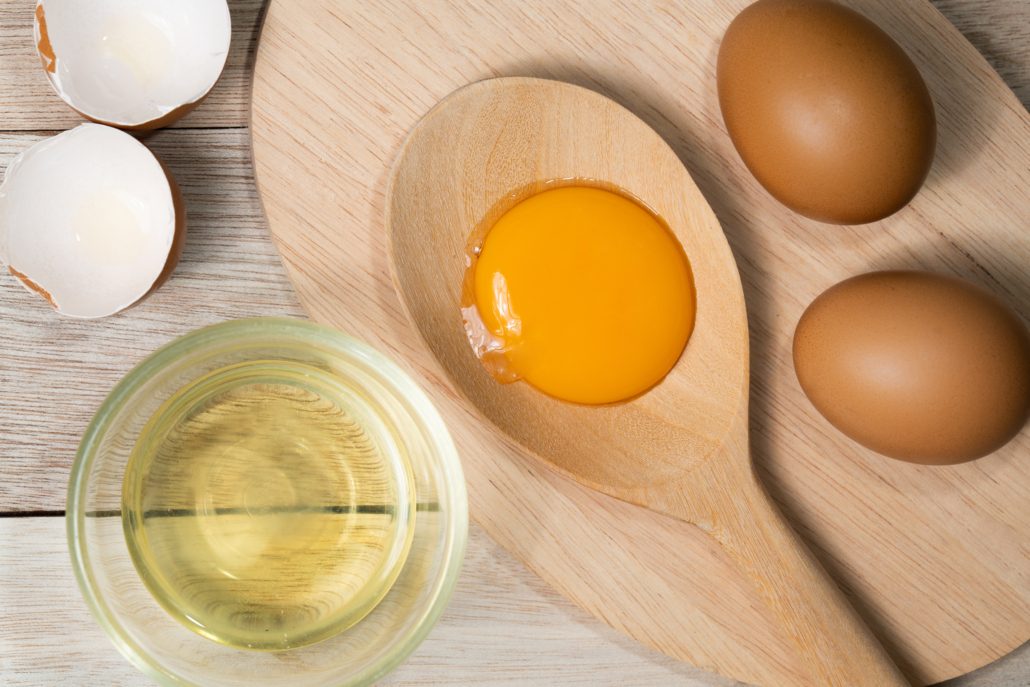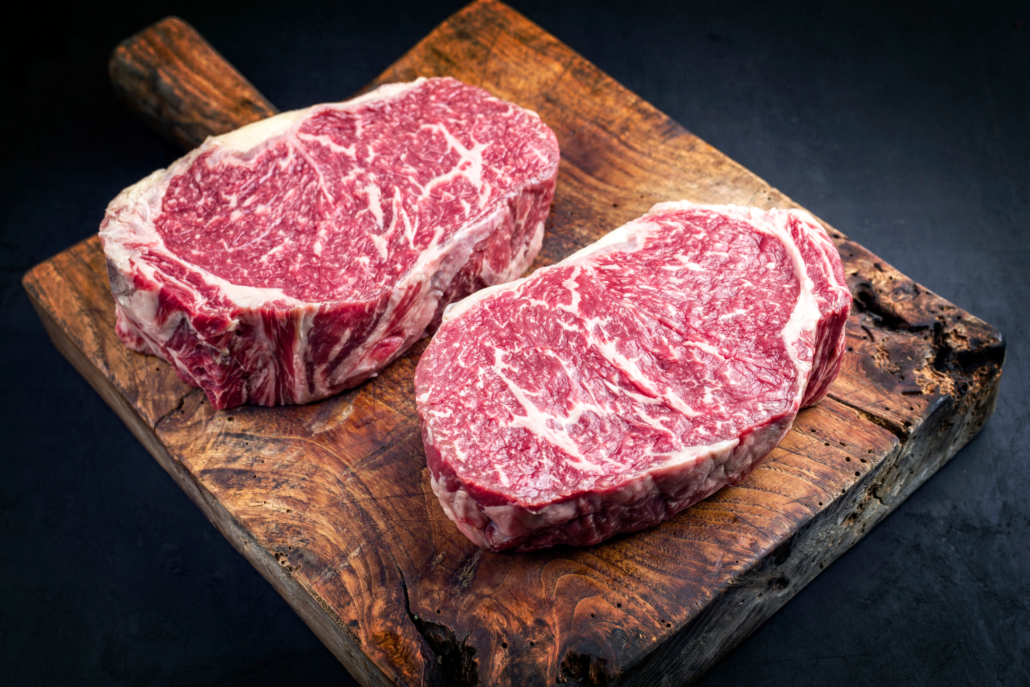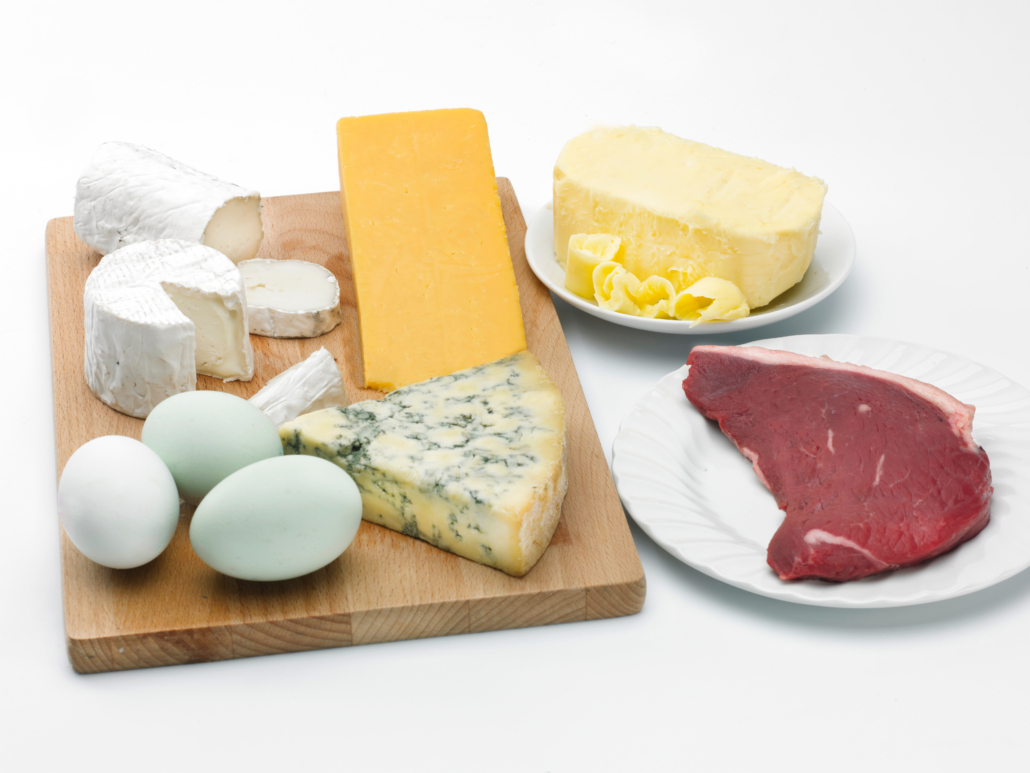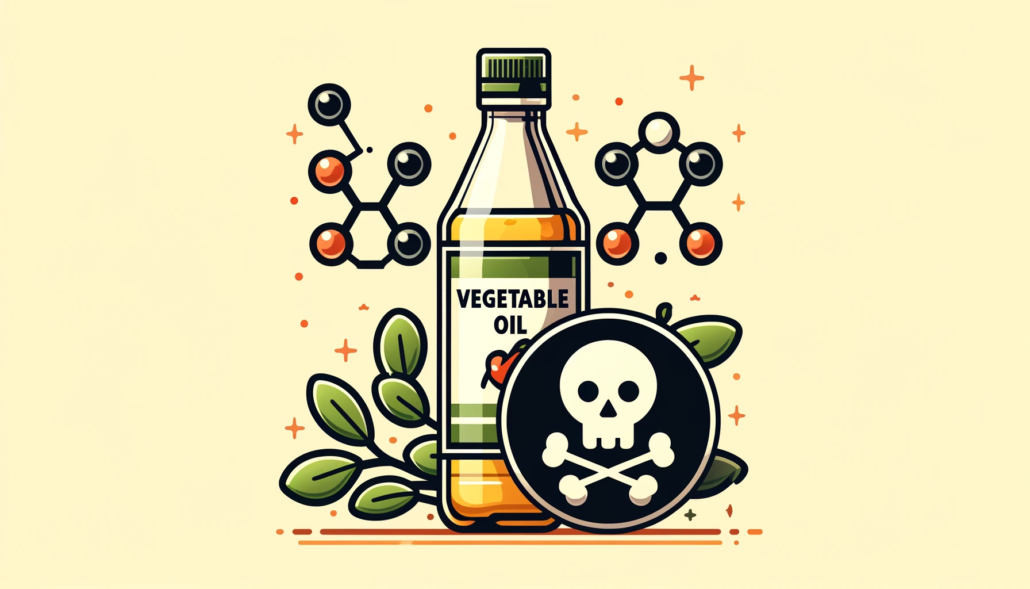We include products in articles we think are useful for our readers. If you buy products or services through links on our website, we may earn a small commission.
Salt 101: Everything you Need to Know
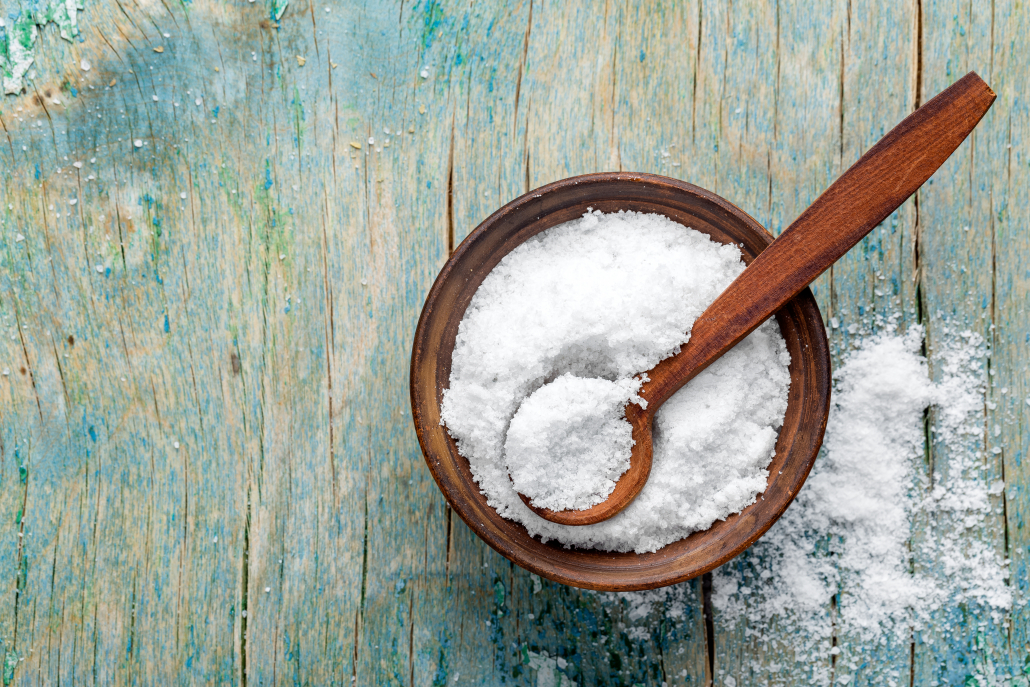
Salt has long held an important place in human culture. Swedish wisdom holds that “the cure for anything is salt water — sweat, tears, or the sea.” There was a time when salt was literally worth its weight in gold. Salt even makes a cameo in the bible when Jesus encouraged his followers to be “the salt of the earth.”
In recent decades, however, the tide has turned. The same salt that was once treasured has come to be avoided and feared.
But are the recommendations for low-sodium eating based on sound medicine? Is it actually healthy or desirable for all people on all diets?
This article will take a closer look at salt and its functions.
Table of Contents
What is Salt?
Most people think of salt simply as a white, crystalline substance that comes from oceans, lakes, or underground mines. . But if we look closer we see that salt is a mineral composed primarily of sodium chloride (NaCl).
It is this chemical structure that allows salt to play its critical role in essential body functions, and to have profound effects on human health — many of which are still debated.
Salt is an Electrolyte
Salt is classified as an electrolyte. In the nutrition world “electrolyte” refers to minerals that when dissolved in the body’s fluids, create electrically charged ions.
Different electrolytes often work together to accomplish important tasks. For instance, sodium and potassium help conduct the electricity critical for nerve impulses and contraction of muscles. These two electrolytes also maintain the correct balance of fluids inside and outside of your cells, keeping them from shriveling up or exploding. Salt and other electrolytes also keep us hydrated, and balance our blood pH so it doesn’t become too acidic.
Salt vs. Sodium: There’s a Difference
The terms salt and sodium are often used interchangeably, but they’re not the same thing. Salt is food, while sodium is a mineral present in many foods, including meat, yogurt, vegetables, and more.
The salt/sodium confusion exists because salt is the richest source of sodium in our diets. Studies have found that 70% of the average person’s sodium intake comes from the salt in processed foods. Baking soda and foods that rely on it (baked goods, breads, cookies) also contain sodium.
| Salt added while cooking | 5% of daily intake |
| Salt added while eating | 6% of daily intake |
| Salt from natural sources | 12% of daily intake |
| Salt from processed foods | 77% of daily intake |
Yet salt isn’t just sodium. Its scientific name is sodium chloride since most common types of salt are roughly 40% sodium and 60% chloride. Doing the math, a tablespoon of salt weighs 15 grams and contains roughly 6 grams of pure sodium. Chloride is also an essential electrolyte, so the fact that they are packaged together in salt is a good thing.
Science-Backed Reasons We Need Salt
Both humans and animals naturally crave salt. That’s because sodium and chloride salt contains are essential minerals. In nutrition, the word “essential” means that our bodies can’t make it on their own.
Adequate salt intake has been shown to:
- Maintain delicate fluid balances within and around cells
- Maintain a healthy blood pressure
- Help muscles contract efficiently
- Help nerves send their signals
Salt is so critical to neurotransmission — the sending of signals from neuron to neuron — that low salt intake can increase seizures in those with epilepsy.
Though sodium levels are regulated by various organs and hormones, not consuming enough salt can trigger a stress response as the body tries to avoid a condition called hyponatremia.
Salt: One Substance, Many Types
There are many types of salt. Every part of the world has its own primary source of salt, and each source has its own look, taste, and characteristics.
Here are a few of the most popular types:
Table salt
Also known as rock salt, table salt is the most popular form of salt in many countries. It’s mined from underground areas that were once ancient seas. Table salt can be used to cure meat, fish, and other animal products. It’s usually fortified with iodine, a pro-thyroid element.
Sea salt
Sea salt has quickly become popular among health-conscious types. It comes from present-day seawater, from which it’s harvested through evaporation. Sea salt is coarser, flakier, and more flavorful than regular table salt. As an added plus, it often contains small amounts of naturally-occurring iodine.
Himalayan salt
Himalayan salt is a special type of rock salt. It comes from salt caves located deep in the Himalayas. This type of salt is known for its trace mineral content, which gives it a pink-hued color. Himalayan salt is also popular among health-conscious people.
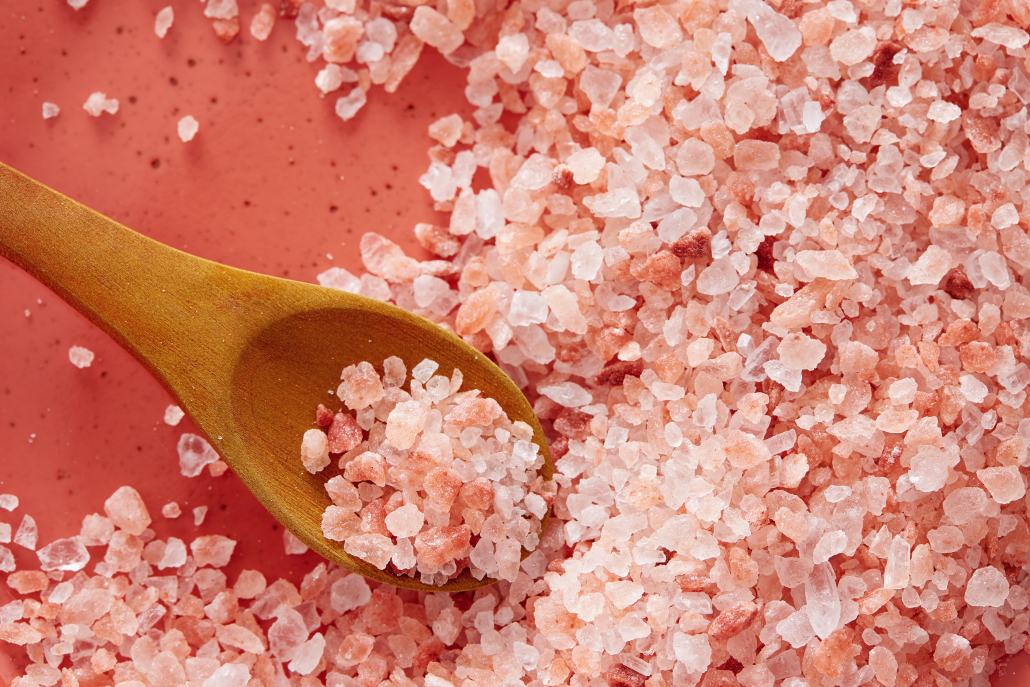
Kosher salt
Kosher salt is basically table salt without the added iodine. It’s used by many ethnic groups, especially the Jewish, for dehydrating and preserving meat. Kosher salt may contain fewer impurities than other types of salt, though some varieties contain anti-caking agents. Its delightful taste makes kosher salt popular among chefs.
Why Sodium Recommendations are so Controversial
While mainstream health organizations acknowledge that sodium is essential, they tend to advocate for reduced salt consumption. This has led to confusion — and controversy — about how much sodium per day is ideal.
Major health organizations say that nearly all of us consume too much sodium, most of it from processed foods. By cutting back on salt, the thinking goes, we can reduce the risk of heart disease and other organ diseases.
But is this position accurate?
Not really. Early studies that appeared to highlight sodium’s dangers were really just revealing the dangers of processed foods high in carbs, added sugars, and trans fats–all things that have been linked with diseases including heart disease, obesity, cancer, and diabetes.
Yet these flawed studies were used to justify the low-sodium recommendations still in effect today. Making matters worse, many low sodium foods are also low in nutrients.
Below is a sampling of several mainstream sodium guidelines.
CDC guidelines
The CDC’s Guidelines for Americans say that people should eat 2.3 grams of sodium per day or less. That’s equivalent to one teaspoon of salt.
AMA guidelines
The American Heart Association goes even further than the CDC, saying that everyone should consume less than 1.5 grams of sodium per day. That’s just ¾ of a teaspoon of salt!
World Health Organization (WHO) guidelines
The WHO takes a more casual approach by recommending 2 grams of sodium per day or less. That’s equivalent to up to 5 grams of salt.
Dangerous guidelines?
These types of recommendations have guided the public perspective for decades, yet some experts suspect that a low sodium diet could have unexpected negative effects.
Could it be that low-sodium recommendations are missing something simple — but hugely important? Let’s take a closer look at the evidence, beginning with the connection between salt intake and disease.
Salt intake & Disease: Is There a Connection?
Hypertension
One of the most common downsides attributed to salt is its ability to cause high blood pressure. But does this pattern happen for everyone?
To put it simply, nope. Only a minority of people are sensitive to salt, and not everyone experiences higher blood pressure from eating it. Only 25% of people with normal baseline blood pressure are salt sensitive, implying that any salt-hypertension connections may be a symptom of hypertension, not a cause.
Conversely, reducing sodium intake appears to decrease blood pressure only slightly.
Additionally, there is no evidence to support that this small drop leads to fewer deaths or heart attacks. The benefits were merely assumed.
These same studies showed that increasing potassium in diets also reduced blood pressure and negated any benefit from cutting back on sodium.
Heart Disease
A 2011 article in Scientific American titled It’s Time to End the War on Salt, cited a meta-analysis of seven studies involving a total of 6,250 subjects in the American Journal of Hypertension. This analysis found “no strong evidence that cutting salt intake reduces the risk for heart attacks, strokes or death in people with normal or high blood pressure.”
Even so, some physicians argue that maintaining general low salt recommendations–even though it only leads to negligible drops in blood pressure for the vast majority of people– will save lives at the population level. This is because a small percentage of people, mostly elderly or from specific demographics, show hypersensitivity to salt.
However, applying this recommendation to everyone ignores the possible negative effects too little salt can have on the majority of the population.
It’s thought that any blood-pressure-lowering effects induced by a low-sodium diet are offset by surges in stress hormones like adrenaline and aldosterone, that carry their own cardiovascular risks.
Despite these findings, people with cardiovascular disease continue to be advised to reduce their salt intake.
Kidney Disease
The National Kidney Foundation recommends that people with kidney disease limit their sodium intake to 2 grams per day.
Research has shown, however, that the boosts in aldosterone associated with reducing sodium also reduce the kidneys’ ability to regulate blood pressure and electrolyte levels. As with hypertension, any negative link between sodium intake and kidney function may be more correlation than causation. In most cases the links are limited and mild at best. And better studies need to be done.
Diabetes
Diabetes can lead to both heart disease and kidney problems, so it’s unsurprising that people with diabetes are usually encouraged to limit their sodium intake.
The American Diabetes Association used to recommend that those with diabetes ingest less than 1,500 mg (⅓ Tsp) of sodium per day, but since 2019 they’ve upped their recommendation to 2,300 mg (1 Tsp) or less.
Once again, however, the link between diabetes and sodium seems to be correlative, not causative. Study after study has shown that sodium restriction can cause insulin resistance, and insulin resistance is known to precede type 2 diabetes.
Interestingly, when looking more closely at the research attributing negative health outcomes to salt intake, these effects begin to appear more accurately associated with carbohydrate intake.
Nutrition journalist Gary Taubes explains in his book Good Calories, Bad Calories,
“The laboratory evidence that carbohydrate-rich diets can cause the body to retain water and so raise blood pressure, just as salt consumption is supposed to do, dates back well over a century.”
The Dangers of a Low-sodium Diet
As we’ve seen, science suggests that high-sodium diets are mostly harmless for most people. But that’s not the end of the story: low-sodium diets can actually be harmful.
Speaking to official low-sodium recommendations, renowned cardiologist Salim Yusuf told the Sunday Express, “It is futile to target such low intakes and, moreover, it may well be harmful. Studies show below about three grams of sodium per day there is increased mortality, heart attack, and heart failure.”
Studies show that the negative effects of salt restriction can include:
- Higher risk of heart disease
- Increased insulin resistance
- 160% higher risk of heart failure
- Higher mortality rates in type 2 diabetics
- Elevated LDL cholesterol and triglycerides
Salt’s Most Interesting Health Benefits
In addition to being decidedly non-dangerous, salt has been tied to a wide variety of health benefits. Here are some of the most interesting ones.
Wound healing
Back in the days of wild-western-style medicine, seawater was used to treat wounds on the go. More recent research has shown that other salty solutions may also accelerate wound healing.
Improved athleticism
“Salt helps to increase blood volume so you have a better cardiovascular system, better stamina, better endurance, and better recovery from training,” strongman Stan Efferding explains to BarBend.
The research agrees. One Spanish study found that triathletes who drank salted water finished a race 26 minutes faster, on average than its non-salted control group!
Recovery from injuries
In addition to helping with recovery from exercise, salt may even help one recover from injuries.
Endocrinologist Ray Peat explains, “Rather than just increasing blood volume to restore circulation, hypertonic sodium restores cellular energy production, increasing oxygen consumption and heat production while reducing free radical production, improves the contraction and relaxation of the heart muscle, and reduces inflammation, vascular permeability, and edema.” All these factors contribute to a faster recovery.
Protective in pregnant women
The 1950s were a rough time for medicine. Smoking was thought to be good for the lungs, butter had just begun to be traded for the rancid vegetable fats called margarine, and pregnant women were given diuretics to reduce edema and swelling.
Along with the diuretics, women were encouraged to skimp on the salt in order to avoid unwanted weight gain. Eventually this recommendation was seen for what it was — dangerous!
“No convincing evidence has been produced to show that dietary salt reduction helps in the prevention and treatment of hypertension during pregnancy,” a 2018 study stated. On the contrary, supplementing with salt can lower a pregnant woman’s blood pressure and prevent the complications of toxemia.
Improved Hydration Status
Despite what you might think, the act of drinking more water hasn’t been directly tied to improved hydration status. (Most of the body’s water is produced by mitochondria, anyways.)
What has been tied to hydration? Eating more salt. Salt is such an effective hydrator that glucose + sodium “oral rehydration therapy” was called “potentially the most important medical advance this century” by a 1970’s edition of the Lancet Medical Journal.
Boosted mood & metabolism
One fascinating study from 1944 found another unexpected benefit to increased salt intake: improved mood.
“On the seventh day [of high salt intake] a rise in basal metabolism, a feeling of warmth, good appetite and energetic feeling of the body appeared. When the extra administration of the salt was discontinued, the basal metabolism returned to the initial level.”
More modern research has shown that salt may boost mood by helping modulate an important hormone called GABA.
Improved resistance to cold
Salt may also promote circulation, increase thermogenesis, and warm one’s extremities.
From the same 1944 study as above: “the present work demonstrates that a daily intake of 60 grams [of salt] can cause a rise in basal metabolism as well as in resistance to cold and frost-bite.”
60 grams of salt per day may seem too high, and maybe it is. But some ancient cultures, like the Manchurians, really ate this much to stay warm throughout the winter. [48: MATSUMOTO, H. J. Orient. Med., 1944]
Salt and High-Fat Low-Carb Diets
Salt becomes even more useful, and critical, on a high-fat low-carb (HFLC) keto diet. That’s because the low insulin levels that HFLC facilitates may cause extra sodium to be lost through the urine.
When it comes to keto, having too little sodium is usually more of a concern than having too much. Many keto dieters feel best when they ingest 4-7 grams of sodium (equal to 10–17 grams or roughly 2-3 teaspoons of salt) per day.
If you’re new to low-carb eating, this is even more important. Eating lots of salt may speed up the transition process and reduce symptoms of keto flu. Besides, getting your fat and salt in a single food is easy if you include moderate amounts of bacon and many cheeses.
The Takeaway
Both published research and observational evidence have shown that the optimal salt intake varies from person to person, and from diet to diet.
If you have salt-sensitive hypertension, heart problems, or kidney disease, it may be best to avoid eating more than four grams of sodium per day.
Finding the amount of salt that’s best for you may require some experimentation (in coordination with your medical provider, of course). And don’t neglect the possibility that eating a low-carb diet may improve your blood pressure, cardiovascular function, or kidney health much more than restricting salt will.1
If you don’t have any underlying conditions, however, there is no convincing evidence that sodium restriction is beneficial. Especially if you’re following a minimally processed low-carb, superfood-rich diet.
Consuming about 4 to 7 grams of sodium per day is where many people in the high-fat low-carb community look, feel, and perform their best. Or, you might way, when keto really becomes worth it’s salt.













